News
SEC says certain stablecoins are not securities
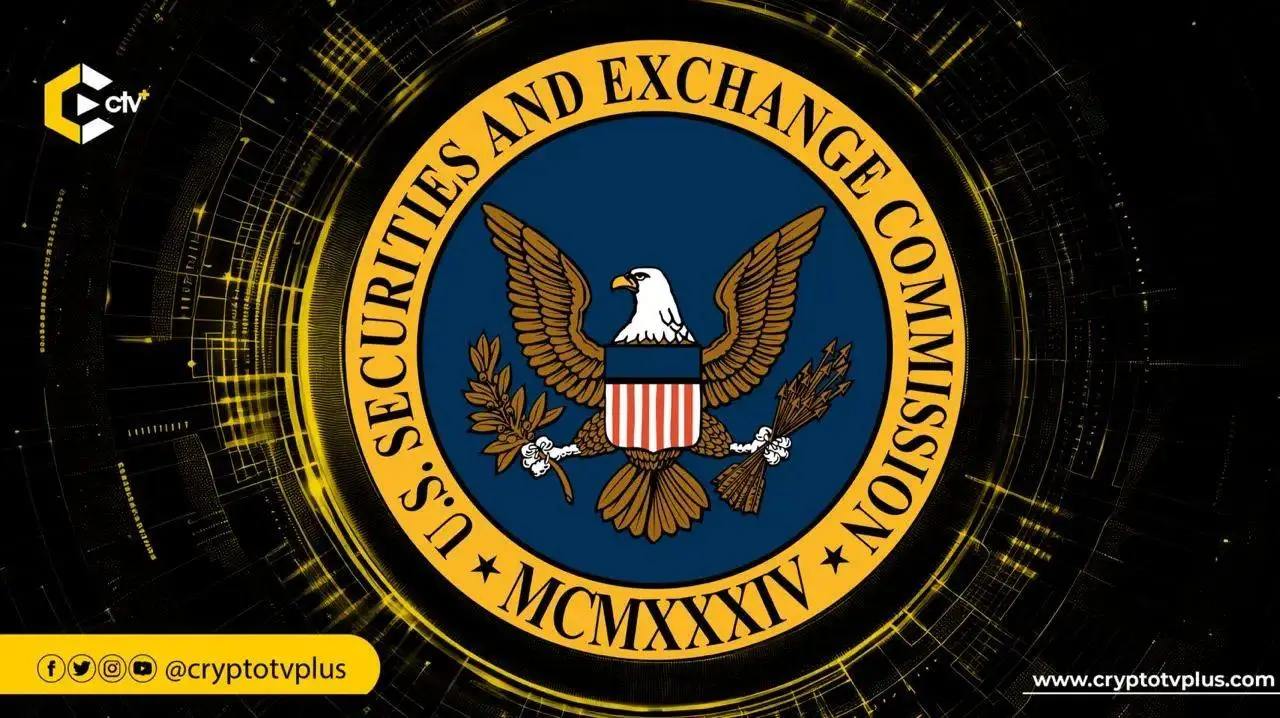
Stablecoins that maintain parity with the U.S. dollar and can be redeemed for USD on a one-for-one basis are not securities according to the U.S. Securities and Exchange Commission (SEC).
In a statement that brings clarity to the crypto industry, the U.S. Securities and Exchange Commission (SEC), through its Division of Corporation Finance, stated that “Covered Stablecoins” will not be regarded as securities.
The commission defines “Covered Stablecoins” as crypto tokens maintaining a one-to-one value with the U.S. dollar, backed by low-risk, highly liquid assets. It clarified that companies issuing or redeeming these tokens don’t need to register these transactions with the commission.
“Persons involved in the process of ‘minting’ (or creating) and redeeming Covered Stablecoins do not need to register those transactions with the Commission under the Securities Act or fall within one of the Securities Act’s exemptions from registration,” the SEC said.
Stablecoins, as the name implies, are crypto tokens designed to offer security against market volatility. Their stable nature makes them suitable for everyday transactions, remittances, and as a store of value.
The Division described Covered Stablecoins as tools for payment, money transfers, and storing value. These stablecoins remain pegged to the dollar and are always redeemable for dollars at the same rate. The companies that issue them promise to mint and redeem them without limits, using assets in a secure reserve to support each token in circulation.
The SEC emphasized that buyers don’t purchase these stablecoins with the expectation of profit. Instead, they use them like digital dollars, for purposes such as sending or holding money. The SEC added that Covered Stablecoins don’t offer interest, don’t grant holders any rights in the company, and aren’t used for speculation or investment.
Although these tokens are sometimes traded on secondary markets, the SEC noted their structure helps keep the price stable. If the market price shifts, users who can redeem directly with the issuer can balance the market by minting or redeeming tokens, maintaining the value close to one dollar.
The SEC also explained the marketing of these stablecoins. Issuers present them as stable, fast, and reliable digital tools for money transfers, not as investment opportunities. This marketing approach reinforces that these tokens are not intended to generate profit but serve simply as a digital version of the dollar.
Legal backings for Covered Stablecoins
In its legal review, the SEC applied tests from landmark court cases such as Reves v. Ernst & Young and SEC v. Howey to determine whether these tokens should be treated as securities. In both instances, the conclusion was clear: Covered Stablecoins are used for practical, commercial purposes, not as investments. Therefore, they don’t meet the legal definition of a security.
Read also: The SEC speaks on whether memecoins are securities or not
The SEC’s position provides greater clarity for stablecoin issuers and users. As long as these digital tokens are designed, marketed, and operated as described in the statement, they won’t face the same regulatory requirements as securities.
Trump, Stablecoins support and adoption
The SEC’s statement coincides with a period when Trump has shown interest in the development of the digital asset economy in the U.S. Initially skeptical of cryptocurrencies, Trump has since become a vocal supporter, particularly advocating for stablecoins as a means to enhance the U.S. dollar’s global dominance.
Trump’s administration has been active in promoting stablecoin adoption through legislative and executive measures. In March 2025, Trump addressed the Digital Asset Summit, urging Congress to pass landmark legislation creating straightforward, common-sense rules for stablecoins.
Two significant bills reflect this push: the GENIUS Act (Guiding and Establishing National Innovation for U.S. Stablecoins), which advanced from the Senate Banking Committee in March, and the STABLE Act, introduced in the House in February. Both bills aim to establish a regulatory framework for dollar-backed stablecoins, focusing on transparency, one-to-one reserve requirements, and consumer protections.
Trump’s team views stablecoins as a way to extend the U.S. dollar’s global influence without resorting to a central bank digital currency (CBDC), which he opposes due to concerns about financial stability and privacy. Treasury Secretary Scott Bessent echoed this sentiment at the March summit, stating that stablecoins could help maintain the U.S. dollar’s status as the world’s strongest reserve currency.
Recently, the total market capitalization for stablecoins has exceeded $220 billion and is possibly nearing $230 billion, reflecting a year-over-year increase of over 60%. This represent a substantial rise from the $187 billion level in April 2022.
Transaction volumes are equally remarkable. Stablecoins have settled around $35 trillion over the past year, a 115% increase compared to the previous period. This volume surpasses the combined transactions of payment giants like Visa and Mastercard in 2024.





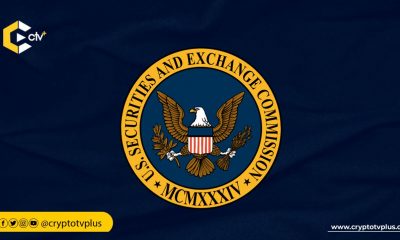

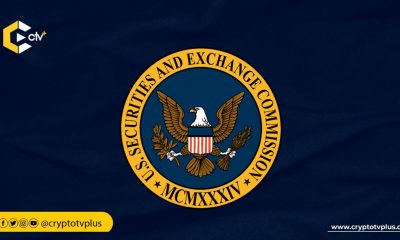



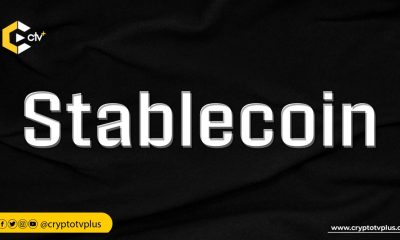

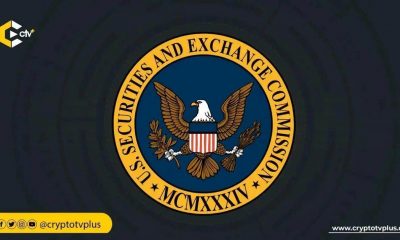











16 Comments